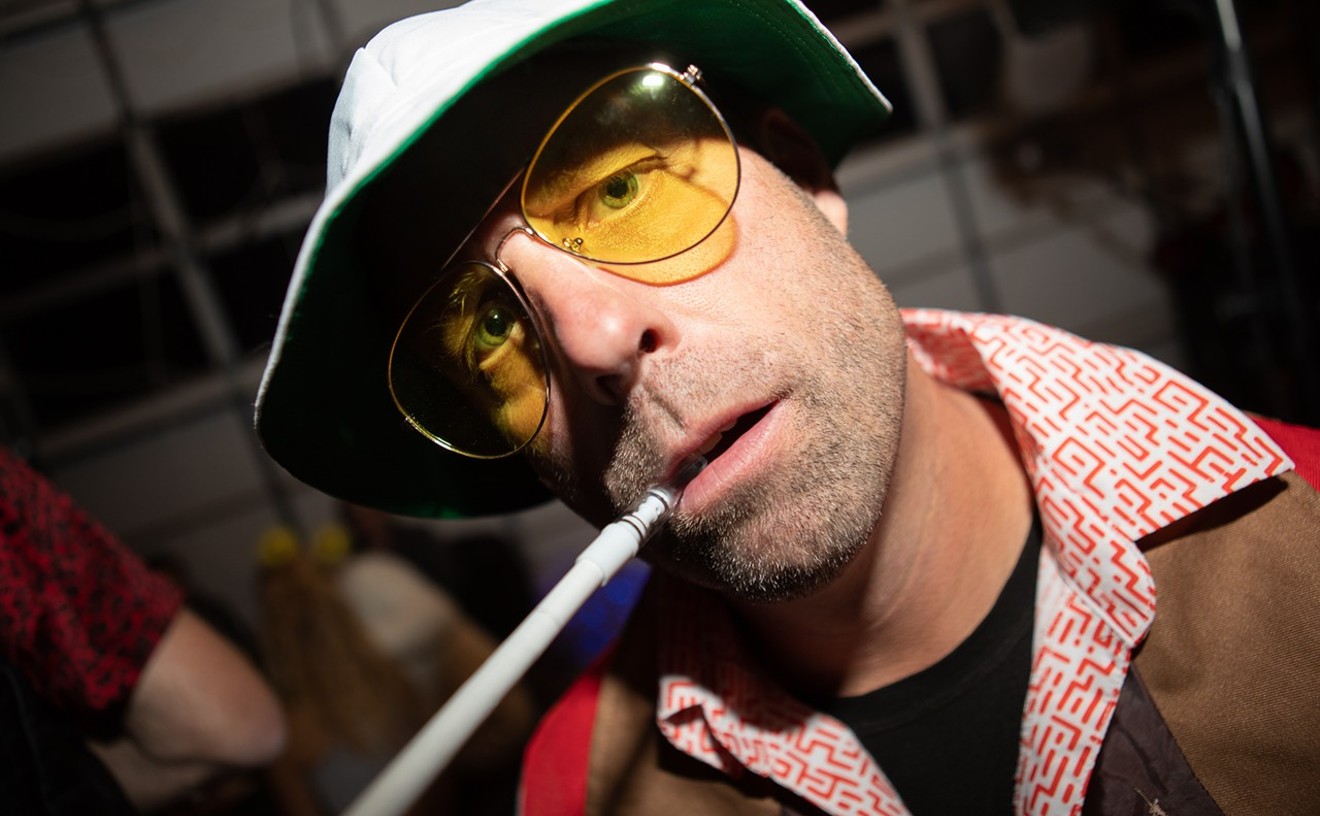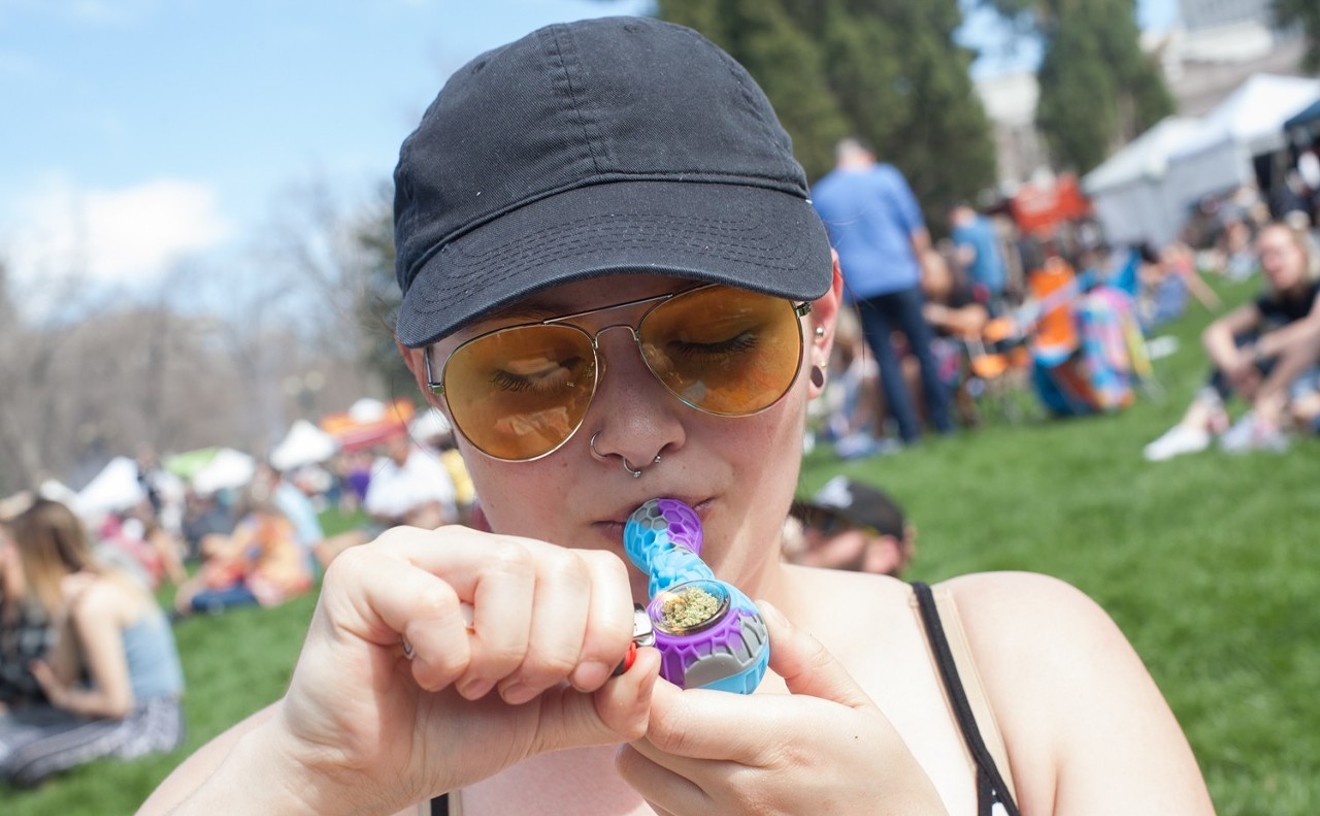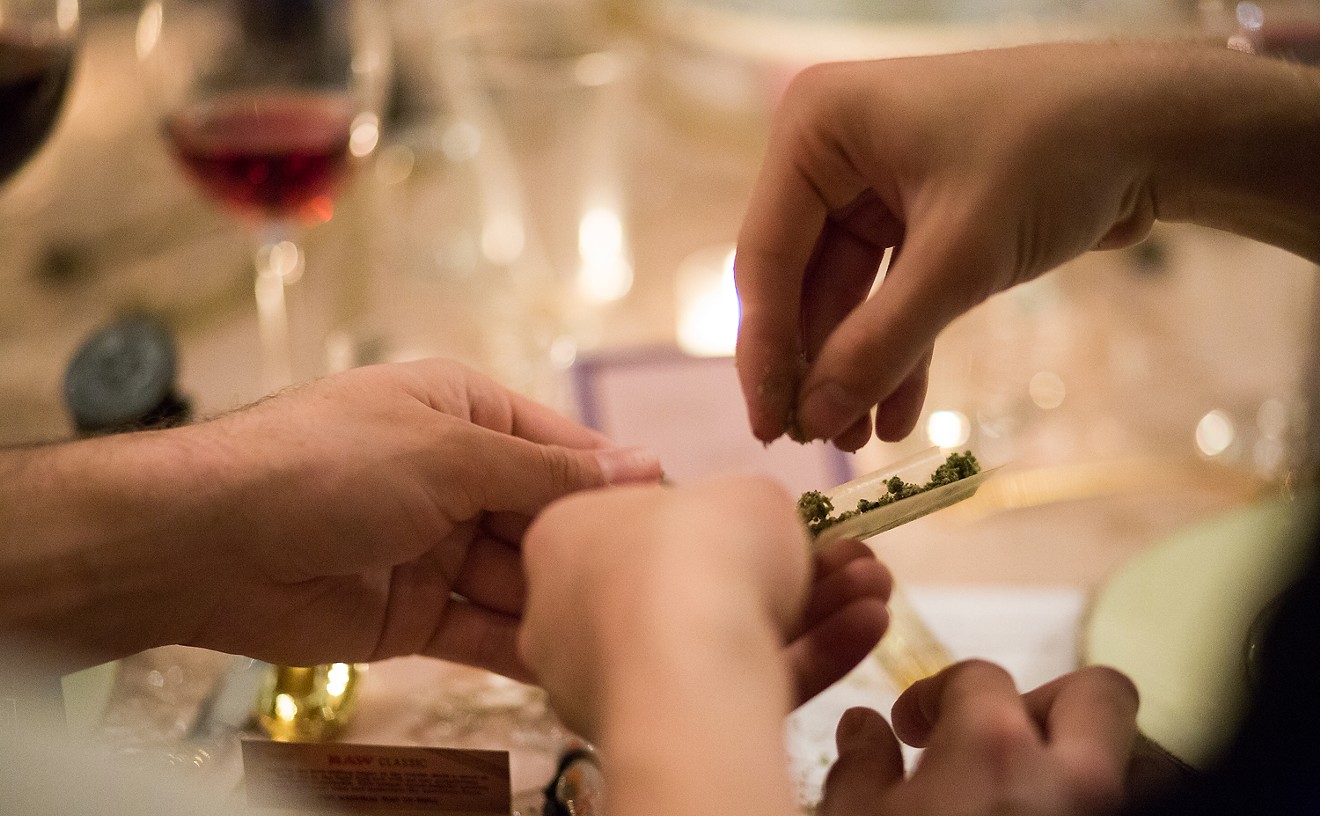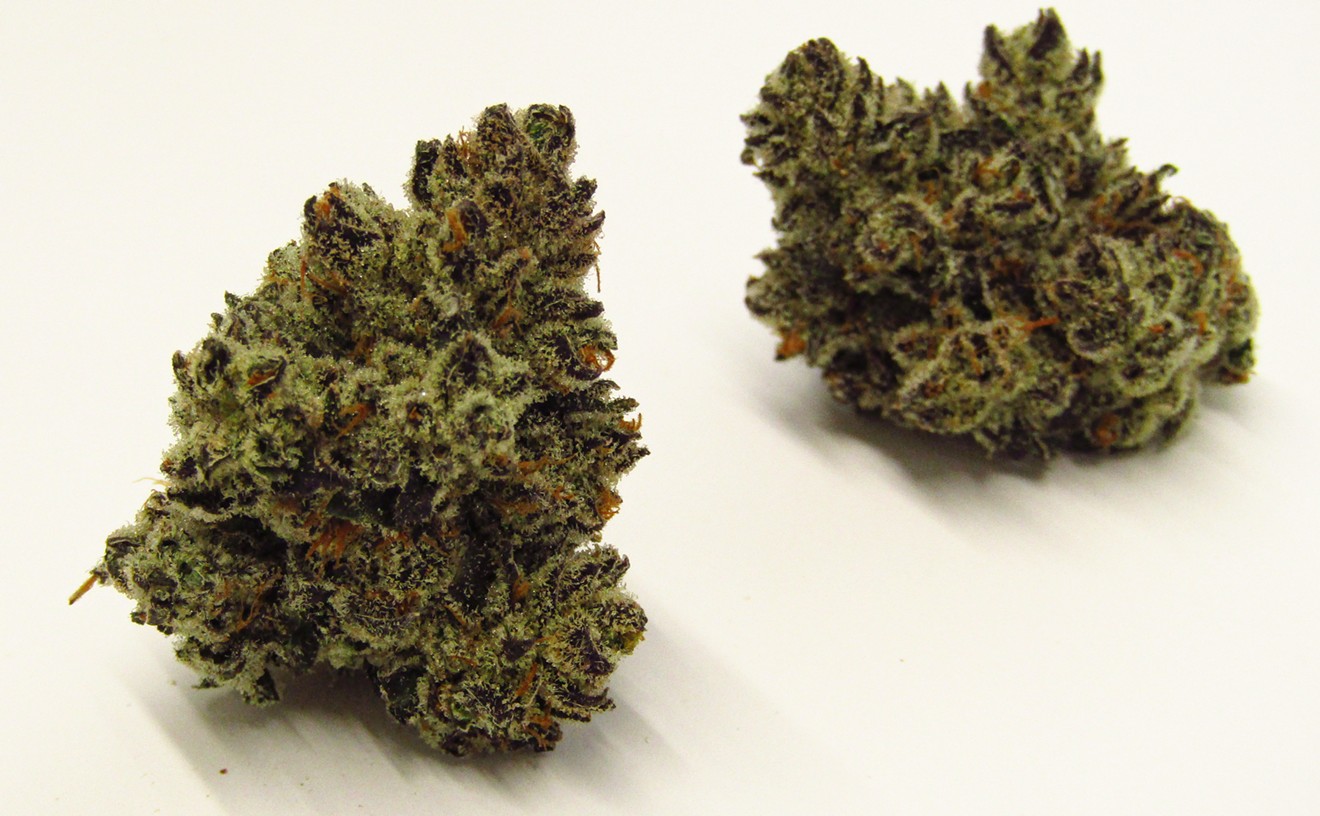Ever stab open an edibles container with a knife after becoming fed up with the confusing plastic barriers between you and your candy? Welcome to the club.
If dispensary shoppers pick up three different packages of cannabis products, they'll likely have to learn three new ways to open containers they've never seen before. Virtually every state with legal weed forces pot to be sold in child-resistant packaging, but many of these parcels aren't just childproof, they're adult-proof, too.
Varying state-to-state cannabis regulations and a thirsty group of new packaging manufacturers have created a wide range of boxes, jars, bags, bottles and other locked contraptions, making many of us feel like we have to solve a Rubik's Cube before getting high. But it doesn't have to be that way, according to Josh Gordon, CEO of The Bureau, a cannabis packaging company.
To learn more about the puzzles of cannabis packaging and how to limit their environmental impact, we caught up with Gordon, whose team makes recyclable pot packaging for everything from nugs to chocolate.
Westword: Have you ever just pulled out a knife or pair of scissors to hack edibles packaging open? I have.
Josh Gordon: I certainly have used a pair of scissors to pry open a cannabis package. This is mostly due to poor design choices, and not the need to meet child-resistant regulations.
In order for packaging to be compliant, it is sent to a third-party tester, where it must pass the following requirements: 85 percent of children will not be able to open the product, and 85 percent of senior citizens will be able to open the product.
Poorly designed products secure the product by tightening it shut, making it difficult for children and senior citizens to open. A well-designed, child-resistant product will add mechanisms such as a push-and-turn, as seen in medical pill bottles, or will require one to squeeze buttons on the side of the box and slide the lid open. Applying two motions simultaneously to open a package is accessible to senior citizens but not to children, who cannot do two things at once or figure out the puzzle.
Given the rise in senior citizens who consume cannabis, is this something that becomes more than just annoying for some users?
Poorly designed products will cause problems for senior citizens who have arthritis or cannot apply force to open the package. Well-designed packaging will not be a nuisance to senior citizens.
Why are there so many forms of child-resistant packaging for cannabis out there? It seems like every product or brand has a different way to open it, which gets confusing.
Part of this has to do with child-resistant packaging regulations set by different states. It also has to do with the influx of cannabis brands looking to develop aesthetically pleasing products that stand out from their competitors. Packaging companies like the Bureau need to regularly release packaging that meets regulations and innovates the space.
What can cannabis companies do to maintain childproof status in packaging without making the opening of such products so difficult?
Get smarter with the design. A lot of products that we see are using brute force to meet child-resistant regulations, but it does not make the product truly childproof. A good child-resistant product is easy for a senior citizen to access and hard for a child to figure out the puzzle.
How recyclable are most of these packages? What about the Bureau's? Does the average recycling plant take them, or do users have to bring them back to dispensaries?
I cannot comment on other packaging companies, but most of the Bureau’s products are recyclable. We strive to be as sustainable as possible, and at the very least recyclable. A handful of our products are biodegradable, including our paper boxes used to store vape cartridges, disposable pens and edibles. All of our products can be recycled, but we design our products with the user in mind — who will either recycle or throw out the packaging.
Users do not have to bring them back to dispensaries, but it is up to the dispensary if they have a return or recycle program. The Bureau is happy to work with dispensaries that would like to implement a return, recycle or reuse program.
How challenging do industry regulations make this process? Do they add more plastic and other materials to the process than there should be?
There hasn’t been a need for child-resistant products for traditional industries like food, beverage and tobacco. Therefore, the cannabis industry is challenged with the need to figure out new solutions quickly to meet demand.
Every state is different and has its nuances, but it is not egregious. The cannabis industry uses more packaging than traditional markets, but is not wasteful beyond the need to meet regulations.
[
{
"name": "Air - MediumRectangle - Inline Content - Mobile Display Size",
"component": "12017618",
"insertPoint": "2",
"requiredCountToDisplay": "2",
"watchElement": ".fdn-content-body",
"astAdList": [
{
"adType": "rectangle",
"displayTargets": "mobile"
}
]
},{
"name": "Editor Picks",
"component": "17242653",
"insertPoint": "4",
"requiredCountToDisplay": "1",
"watchElement": ".fdn-content-body",
"astAdList": [
{
"adType": "rectangle",
"displayTargets": "desktop|tablet"
},{
"adType": "rectangle",
"displayTargets": "desktop|tablet|mobile"
}
]
},{
"name": "Inline Links",
"component": "18838239",
"insertPoint": "8th",
"startingPoint": 8,
"requiredCountToDisplay": "7",
"maxInsertions": 25
},{
"name": "Air - MediumRectangle - Combo - Inline Content",
"component": "17261320",
"insertPoint": "8th",
"startingPoint": 8,
"requiredCountToDisplay": "7",
"maxInsertions": 25,
"watchElement": ".fdn-content-body",
"astAdList": [
{
"adType": "rectangle",
"displayTargets": "desktop|tablet"
},{
"adType": "rectangle",
"displayTargets": "desktop|tablet|mobile"
}
]
},{
"name": "Inline Links",
"component": "18838239",
"insertPoint": "8th",
"startingPoint": 12,
"requiredCountToDisplay": "11",
"maxInsertions": 25
},{
"name": "Air - Leaderboard Tower - Combo - Inline Content",
"component": "17261321",
"insertPoint": "8th",
"startingPoint": 12,
"requiredCountToDisplay": "11",
"maxInsertions": 25,
"watchElement": ".fdn-content-body",
"astAdList": [
{
"adType": "leaderboardInlineContent",
"displayTargets": "desktop|tablet"
},{
"adType": "tower",
"displayTargets": "mobile"
}
]
}
]












